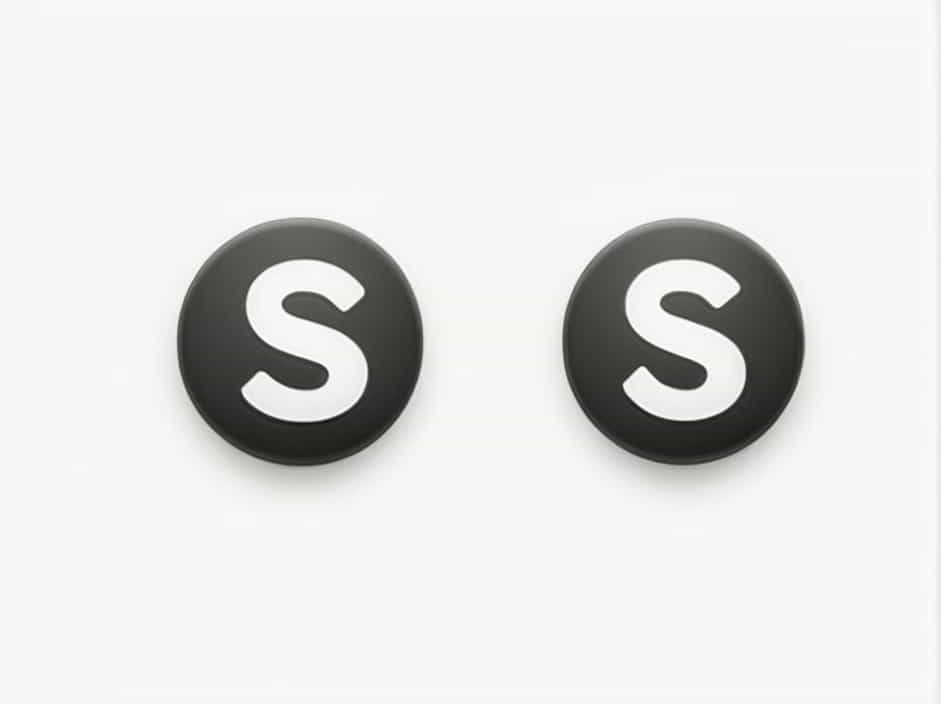Many people use the terms typeface and font interchangeably, but they are not the same. Understanding the difference is essential for graphic designers, typographers, and anyone working with digital or print media.
A typeface is a collection of letterforms with a consistent design, while a font is a specific variation of that typeface. In this topic, we’ll explore the key differences, their history, and how they impact modern design.
What Is a Typeface?
A typeface is the overall design of a set of characters, including letters, numbers, and symbols. It defines the visual style and structure of the characters.
Examples of Typefaces
Some well-known typefaces include:
- Times New Roman – A classic serif typeface
- Arial – A widely used sans-serif typeface
- Courier – A monospaced typewriter-style typeface
- Garamond – An elegant, old-style serif typeface
A typeface provides a consistent look and feel, making it essential in branding and design.
What Is a Font?
A font is a specific style, weight, or size of a typeface. Think of it as a version of a typeface that has different characteristics.
For example, Arial Bold, Arial Italic, and Arial Regular are all fonts within the Arial typeface family.
Characteristics of a Font
A font can vary in:
- Weight – Light, Regular, Bold, Extra Bold
- Style – Italic, Oblique, Small Caps
- Size – 12pt, 24pt, 36pt
Every font retains the design principles of its parent typeface but offers slight modifications.
Typeface vs. Font: Key Differences
| Feature | Typeface | Font |
|---|---|---|
| Definition | The overall design of letters and symbols | A specific style, weight, or size of a typeface |
| Example | Times New Roman | Times New Roman Bold 12pt |
| Scope | A broad category of letterforms | A single version of a typeface |
| Usage | Defines a family of fonts | Defines a particular variant of a typeface |
A simple analogy: A typeface is like a music album, and a font is a specific song from that album.
A Brief History of Typefaces and Fonts
The Era of Metal Type
In the days of movable type printing, each letter had to be cast into metal blocks. Each size and weight required a different set of physical blocks, which were referred to as fonts.
For example, a printing shop might own the Garamond typeface, but they would need different Garamond fonts for 10pt, 12pt, and 14pt sizes.
The Digital Revolution
With the rise of digital typography, typefaces and fonts became more flexible. Computers allowed designers to scale typefaces to any size without needing separate physical fonts.
However, the distinction between typeface and font remained important for designers and typographers.
Why Does This Difference Matter?
Understanding the difference helps in choosing the right typography for a project.
1. Brand Identity
Companies use specific typefaces to create a unique visual identity. For example:
- Coca-Cola uses a custom script typeface.
- Google uses a clean, sans-serif typeface.
Selecting the right typeface and font variations ensures brand consistency.
2. Readability and Accessibility
Certain typefaces work better for printed books, while others are optimized for web content. Choosing the right font size, weight, and style improves readability.
For instance:
- Serif fonts (like Times New Roman) are better for printed materials.
- Sans-serif fonts (like Arial) are easier to read on screens.
3. Design Aesthetics
Graphic designers carefully select fonts within a typeface to create visual hierarchy. Using bold or italic fonts can help highlight key information.
For example, in a website design:
- Headings might use Helvetica Bold.
- Body text might use Helvetica Regular.
- Quotes might use Helvetica Italic.
This strategic use of fonts ensures a clean and professional design.
How to Choose the Right Typeface and Font
1. Consider the Purpose
- For professional documents → Use classic typefaces like Garamond or Georgia.
- For modern branding → Use clean, sans-serif typefaces like Montserrat or Open Sans.
- For creative projects → Use decorative or script typefaces.
2. Prioritize Readability
- Avoid overly decorative typefaces for long texts.
- Use font weight and size to create contrast and emphasis.
3. Limit Font Variations
- Stick to 2-3 fonts in a design project.
- Combine serif and sans-serif fonts for balance.
While many people confuse the terms, typeface and font are not the same. A typeface is the overall design, while a font is a specific style, weight, or size of that typeface.
Understanding this distinction helps designers, businesses, and content creators make better typography choices. Whether designing a website, creating a logo, or printing a book, selecting the right typeface and font can enhance legibility, aesthetics, and brand identity.
